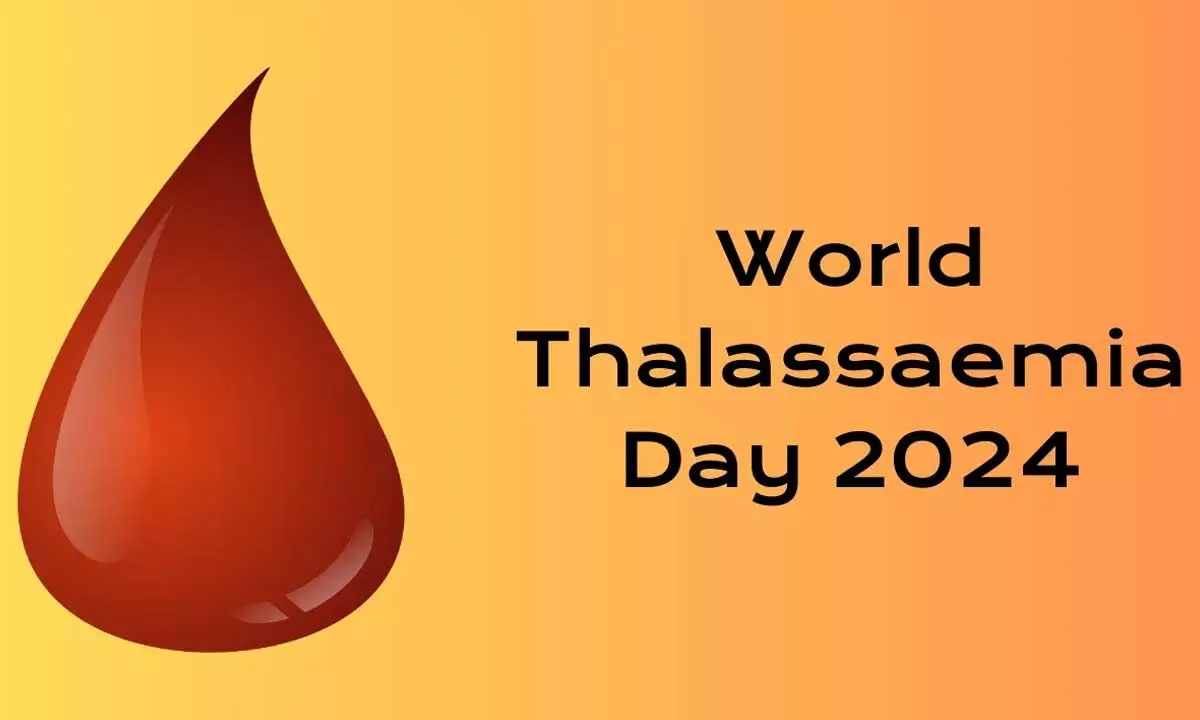Live
- Olympic Qualifier Series electrifies athletes and fans in Shanghai
- IPL 2024: Dhoni arrives in Ranchi after CSK's campaign comes to an end
- Formula 1: Verstappen wins Emilia Romagna Grand Prix, Norris finishes second ahead of Leclerc
- PM Modi says 'this is Bharat's moment'; urges youth to 'dream big'
- IPL 2024: I wouldn't want to bowl against him, says Cummins about Abhishek after win against PBKS
- TN govt to take decision on opening of river sand quarries after LS poll
- IPL 2024: Season has been good, but haven’t got as many wickets as I would have liked, says Avesh Khan
- Captain Gopichand becomes 1st Indian to tour space aboard Blue Origin
- Delhi: Four, including two minors, held for killing man after spat
- J&K: Election Dept takes action against 40 govt employees for MCC violation









